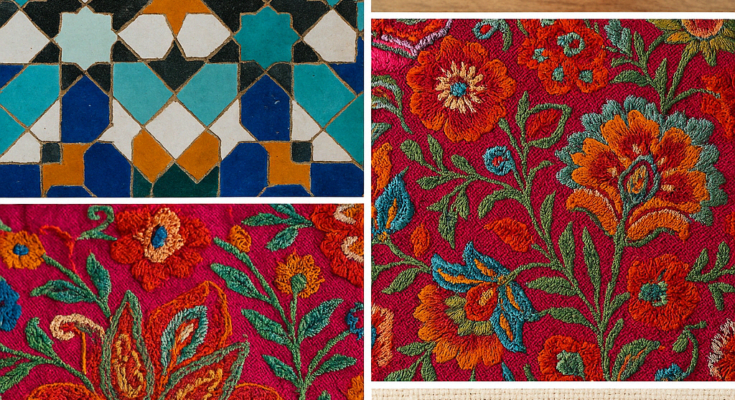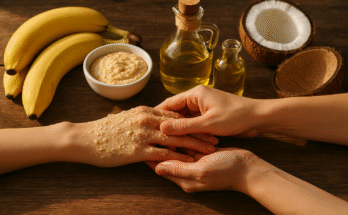Handicrafts: Where Heritage Meets Creativity
Handicrafts are more than just handmade objects—they are stories woven into tangible form. Rooted in tradition and shaped by human ingenuity, these artisanal creations blend cultural heritage with personal expression. From intricate pottery to vibrant textiles, each piece carries the heartbeat of its maker, offering a timeless counterpoint to mass-produced goods. Let’s explore the world of handicrafts, where every stitch, carve, and brushstroke celebrates the beauty of human connection.
What Are Handicrafts?
Handicrafts are artistic works or products crafted by hand using simple tools and natural, locally sourced materials. Unlike factory-made items, they bear the unique imprint of their creator—a testament to patience, skill, and cultural identity. Often passed down through generations, these crafts preserve traditions while evolving as living art forms.
A World of Craftsmanship: Iconic Examples
- Pottery & Ceramics: Molding clay into functional art, from rustic earthenware to glossy Zellige tiles.
- Embroidery & Weaving: Threads transformed into intricate patterns, like Palestine’s symbolic cross-stitch or India’s Batik textiles.
- Woodworking & Carving: Sculpting stories into furniture, ornaments, or Kenya’s tribal wooden sculptures.
- Basket Weaving: Crafting vessels from palm fronds, reeds, or straw, as seen in Egyptian Nubian traditions.
- Handmade Jewelry: Beads, stones, and metals shaped into wearable art, reflecting tribal or modern aesthetics.
- Arabic Calligraphy: Words become visual poetry, adorning paper, wood, or fabric.
Why Handicrafts Matter
- Ignite Creativity: Each piece challenges artisans to innovate, blending tradition with fresh ideas.
- Empower Communities: A vital income source, especially for rural artisans and small-scale entrepreneurs.
- Preserve Heritage: They keep cultural narratives alive, like Russia’s Matryoshka dolls or Mexico’s Talavera pottery.
- Sustainable Practices: Eco-friendly materials and low-waste methods honor the planet.
Challenges in a Modern World
Despite their value, handicrafts face hurdles: limited marketing reach, competition with cheap industrial goods, and dwindling institutional support. Yet, their resilience shines through—craftspeople worldwide continue to adapt, proving that tradition and modernity can coexist.
Global Handicrafts: A Mirror of Cultural Identity
Every nation’s crafts tell a story. Here’s how cultures express themselves through artisanal mastery:
1. Morocco – Zellige & Crafted Legacy
Moroccan Zellige mosaics dazzle with geometric precision, while Fassi embroidery and leatherwork echo centuries of artistry.
2. Japan – Precision & Elegance
From origami’s folded poetry to kimono silk-painting, Japanese crafts embody harmony and meticulous detail.
3. India – A Tapestry of Techniques
Explore Rajasthan’s gemstone jewelry, block-printed textiles, and Agra’s marble inlays—a feast for the senses.
4. Mexico – Colorful Celebrations
Vibrant Talavera ceramics, festival masks, and Oaxacan textiles burst with life and indigenous pride.
5. Egypt – Pharaonic to Islamic Arts
Wooden arabesques, hand-knotted carpets, and Nubian pottery bridge ancient and contemporary design.
6. Turkey – Where East Meets West
Anatolian carpets, Ebru marbling, and copper craftsmanship reflect Turkey’s rich cultural crossroads.
7. Kenya – Beads & Tribal Tales
Maasai beadwork and wooden carvings celebrate tribal identity and Kenya’s lush landscapes.
8. The Arab World – Threads of Tradition
Palestinian embroidery, Jordanian sand art, and Gulf Sadu weaving keep Arab heritage vibrant.
Why Handicrafts Deserve Global Recognition
- Cultural Bridges: They foster cross-cultural understanding through shared beauty.
- Economic Growth: Supporting artisans strengthens local economies and nurtures entrepreneurship.
- Sustainable Future: Handmade goods reduce environmental footprints while celebrating slow living.
- Legacy for Generations: Teaching crafts to youth ensures traditions thrive in a digital age.
Conclusion: Crafting a Connected Future
Handicrafts are not relics of the past—they are dynamic, evolving art forms that connect us to our roots and to one another. By valuing these creations, we invest in cultural diversity, sustainability, and human creativity. Whether you’re admiring a Japanese lacquer box or wearing a Mexican embroidered blouse, remember: every handmade piece is a conversation between the past and the future.





